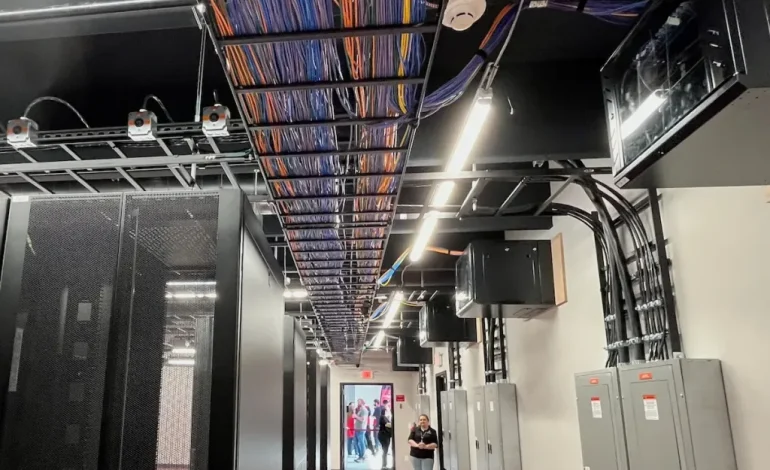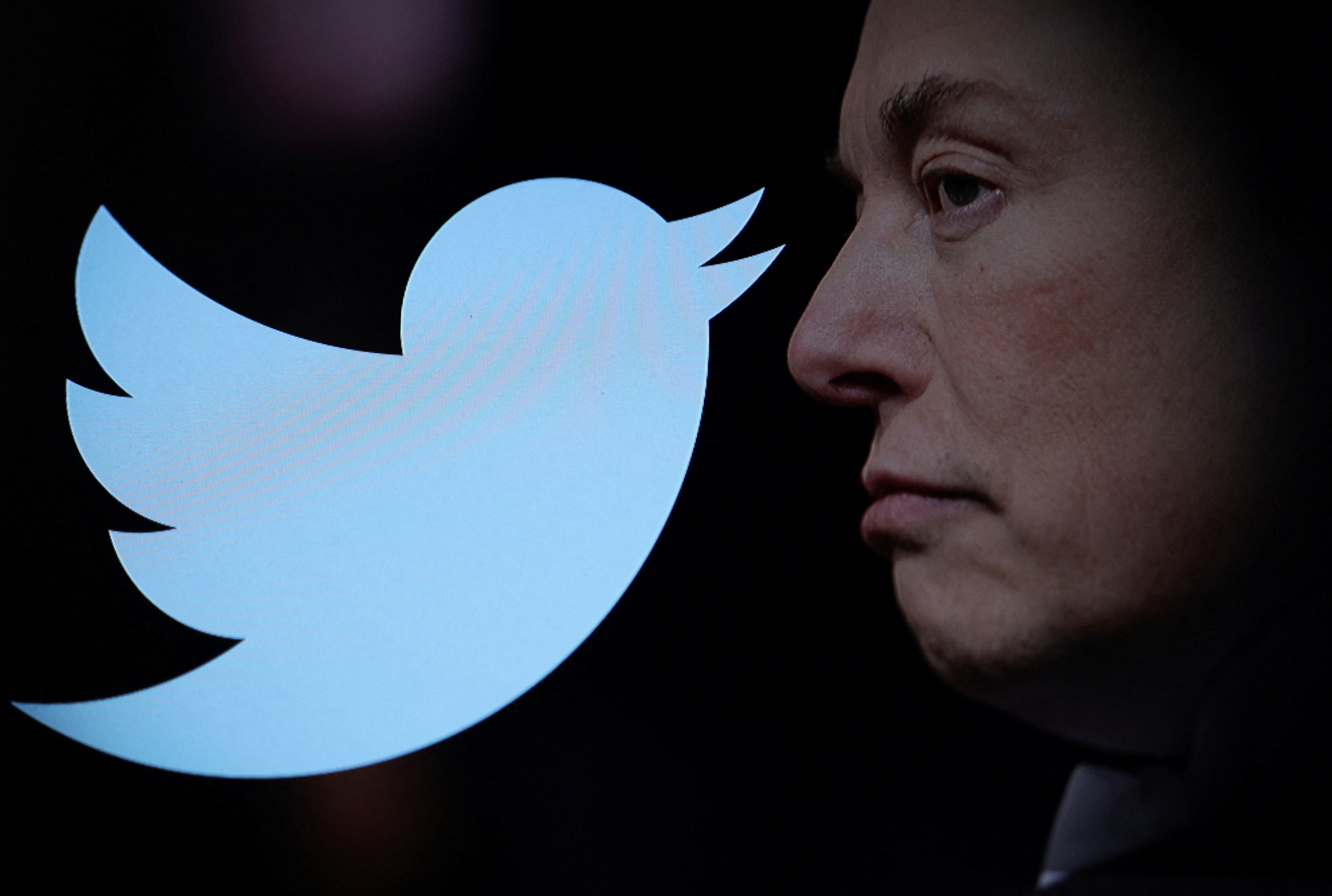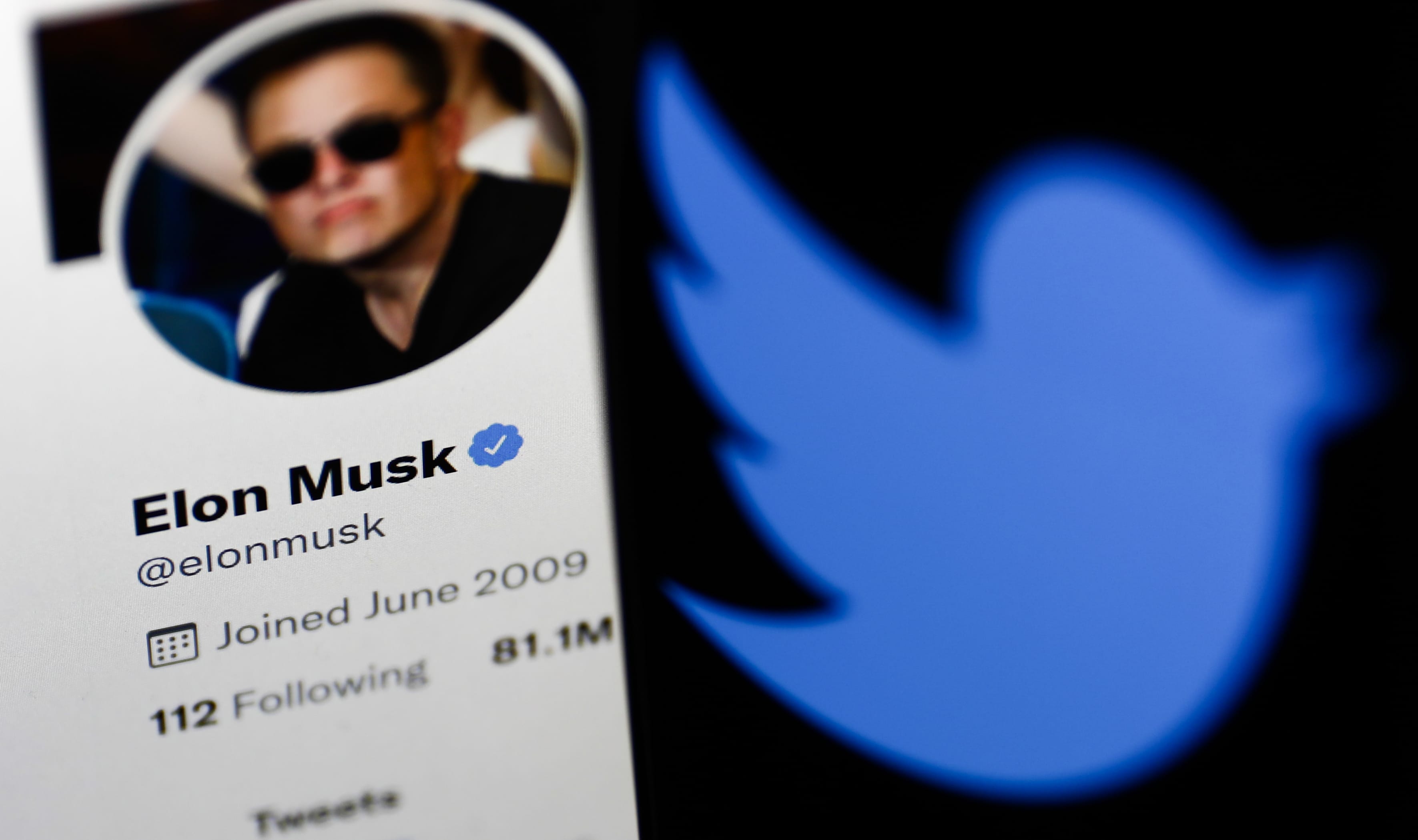Wyoming has always been an energy state. Coal, oil, gas, wind — you name it, the Cowboy State has shipped it out. But now, the power-hungry world of artificial intelligence and data centers is lining up at Wyoming’s doorstep, and the demand could overwhelm everything the state’s utilities thought they knew about keeping the lights on, Oil City News reports.
How big are we talking? One new project south of Cheyenne — a Crusoe-Tallgrass joint venture — wants 1,800 megawatts of electricity right out of the gate. Then, it plans to “hyperscale” to 10,000 megawatts. For context: that’s about the same as Wyoming’s entire current generation capacity. And that’s just one project.
Microsoft, Meta, Prometheus Hyperscale and others are all moving in, with proposals worth hundreds of millions. Utilities say they’re getting calls about new data campuses almost every week.
“Eventually it’s going to affect every region,” Rep. Christopher Knapp (R-Gillette) warned during a recent legislative meeting. “This could change the way Wyoming regulates everything.”
Here’s the catch: Wyoming utilities have long had rules to keep regular folks from footing the bill when giant power users — like mines or now, data centers — show up. Companies like Microsoft cut special contracts back in 2015 that allow utilities to buy extra electricity on the open market and even cut off service in emergencies, without raising rates for the average household.
But the scale of the AI and data gold rush is testing whether that system can hold. Wyoming currently generates about 10,200 megawatts of electricity, and residents and businesses only use about 40% of it — the rest is exported. That might sound like plenty of “extra” power to spare, but utility experts say it doesn’t work that way.
These data centers want dedicated, always-on megawatts, and they’re competing with similar projects nationwide to lock down new generation — whether that’s natural gas, wind, solar, or nuclear.
According to the US Department of Energy, data centers already made up 4.4% of all US power use in 2023. By 2028, that share could triple to 12%.
The Wyoming Energy Authority is leading a working group to figure out how to keep regular ratepayers protected while still attracting massive investments. The principle sounds simple — if you cause the cost, you pay the cost. But in practice, it’s a tangle of contracts, regulations, and potential risks if a project fails or bails.
Some developers are even floating plans to build their own power plants or cut deals with private generators, sidestepping public utilities entirely. That raises new questions: who’s on the hook if things go wrong?
“What does the state want?” asked Wyoming Energy Authority Executive Director Rob Creager. “What kind of growth, and how do we want to supply that growth? Or do we want to supply that growth?”
For now, lawmakers will wait until November to hear recommendations. But the bottom line is clear: the AI boom is coming for Wyoming’s grid, and the state has to decide how much of its electricity future it’s willing to give away.










The latest news in your social feeds
Subscribe to our social media platforms to stay tuned